Wayfinding: Future Thinking
Partner Programme
18 Sept 2025
Graphic Design & Visual Communications, Urban Design
The Building Centre
26 Store Street
London
WC1E 7BT
#WayfindingFutureThinkingSymposium2025
Join SDS and SEGD London for an exciting event where we explore what's next in the world of wayfinding. Our symposium features thought-provoking discussions, and networking opportunities. This is a unique opportunity to connect with like-minded individuals, and gain industry insights from pre-eminent global speakers.
Explore ideas around sustainability, technology, smart cities, AI, and what the wayfinding industry may look like in the future, through six talks: 1. Wayfinding 2.0 (AI), Peter Reynolds, Wayfinders An exploration of: How emerging technologies, especially AI and IoT are going to change the way we plan, develop, and manage wayfinding systems. Where to add value in all of this, and what’s already possible / coming next. 2. People, patterns and pathways: Harnessing behavioural data and personal experiences, Simon Borg, Populous How is venue navigation shaped by these interactions? Though traditional wayfinding, using signs and symbols, seems neutral, it often mirrors the values and biases of its creators, prioritising efficiency over equity. A re-examination of user-centered design is advocated, particularly for large venues such as sports / entertainment hubs. Diverse, community-led voices are integral to the future of wayfinding 3. Immersive and inclusive wayfinding through multi-sensory design, Ángel Sánchez, Gensler In an era where human experience seems to be the central axis of design discourse, the senses offer a tangible framework to interrogate what experience truly entails. While the term multi-sensory has gained traction across disciplines, design remains overwhelmingly vision-dominant. This paradigm is challenged, proposing a redefinition of wayfinding and branding as inherently multi-sensory practices capable of generating richer, more intuitive, and inclusive experiences. A multi-sensory environment does not merely layer stimuli; rather, it orchestrates them into a cohesive and emotionally resonant spatial identity. 4. Placemaking and community building: New identity, meaning and messages for places, Luca Ballarini and Marta Doria, Stratosferica The cities, places and spaces we frequent daily are an important part of our quality of life. Increasingly, how a place is perceived as “ours” depends on its potential uses and the values it embodies. How can graphic design and visual identity help convey a positive sense of place and generate a sense of appreciation or even belonging? What aspects of verbal and visual communication can be considered to create an original and welcoming space that can generate a sense of community around it? 5. The rise of personalised wayfinding in the age of agentic AI, Alison Richings, Endpoint Explores the evolving future of wayfinding in an era of intelligent tools, digital twins and personalised navigation. As static signage gives way to agentic AI and wearable technologies, navigation shifts from universal messages to tailored, context-aware experiences. Emerging trends, smart devices suggesting routes, adaptive accessibility tools, and the next leap toward ambient, invisible wayfinding services will be explored. Opportunities, trust, and ethical considerations are addressed, as are the skills and frameworks designers will need. Blending speculative futures with real-world developments, what it means to be found in a world that increasingly finds you first is considered. 6. Please do touch – the importance of physical wayfinding in an increasingly digital world, Nadine Smith, Jackson Daly As the digital and physical worlds become more closely intertwined, the accelerating pace of technology often brings into question the requirement of physical wayfinding. The continued importance of built wayfinding objects, and their purpose in a world with an expanding digital integration into daily life is explored. Consider the value of the physical from a psychological perspective, what we do when technology fails, designing for accessibility, and the opportunities digital overlay provides wayfinding practice. There'll be time to network with fellow delegates at the on-site drinks reception afterwards. The symposium is in-person. Not able to join us? Buy post-event access to the symposium recording instead.
Related


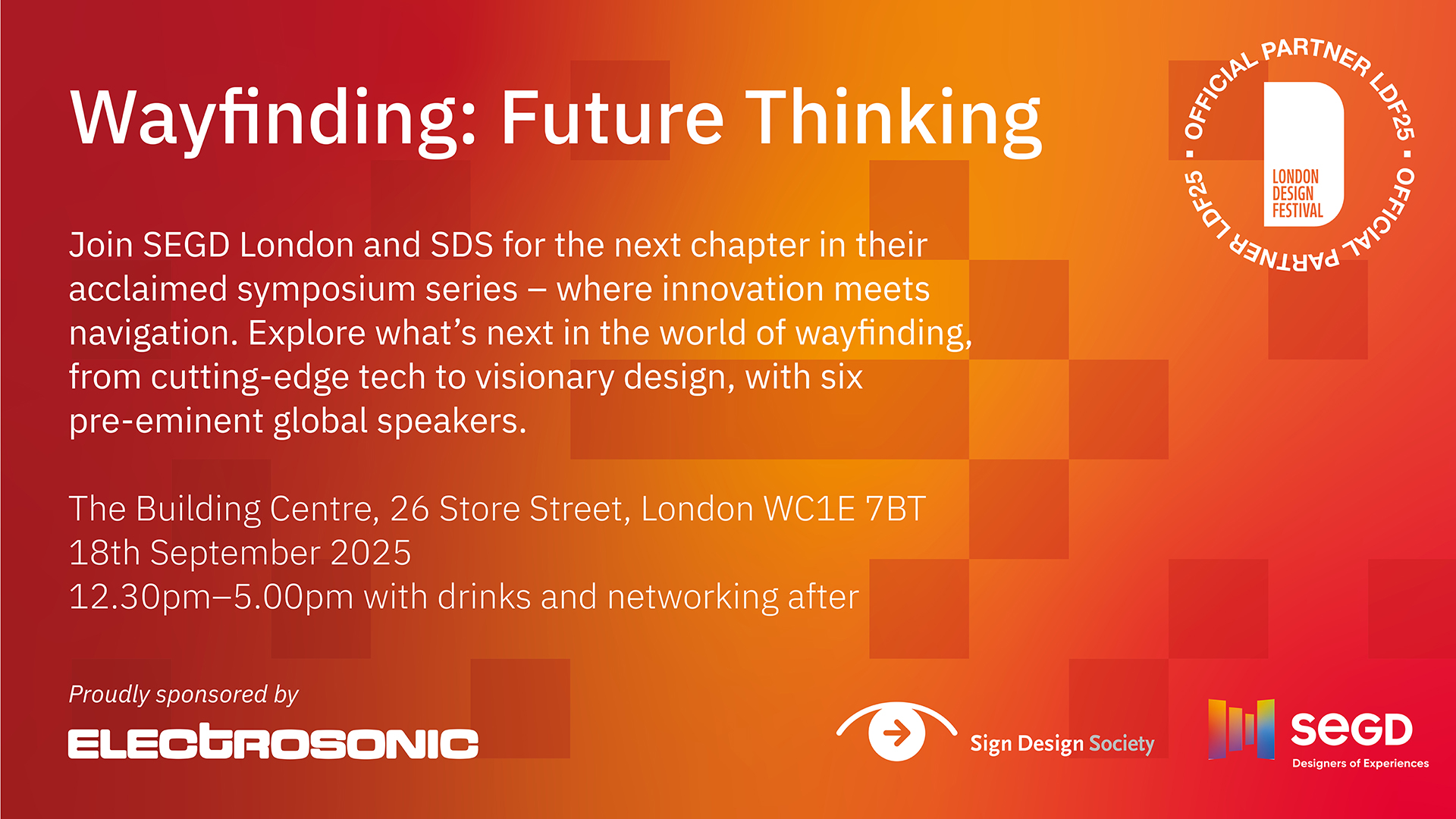


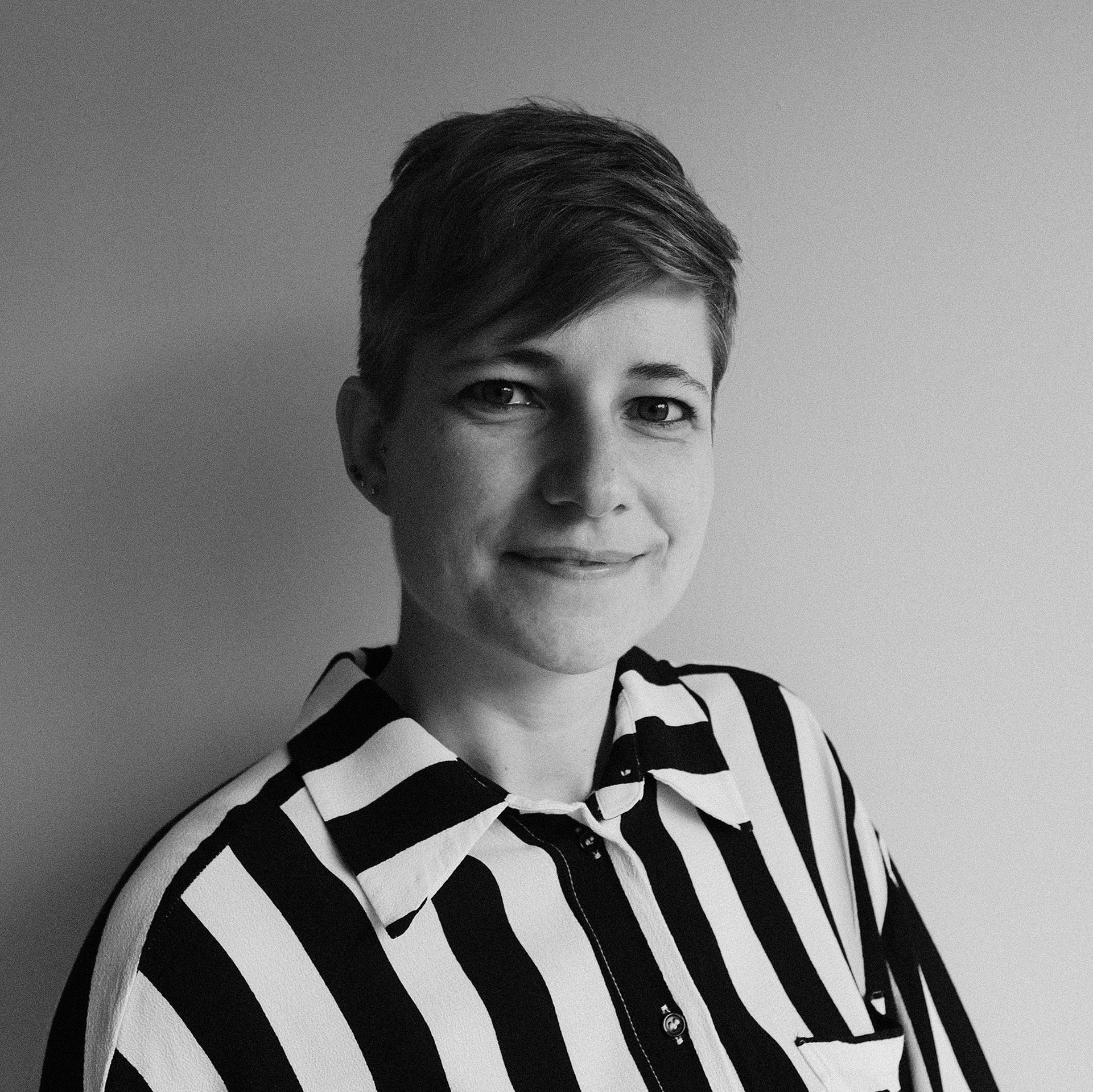



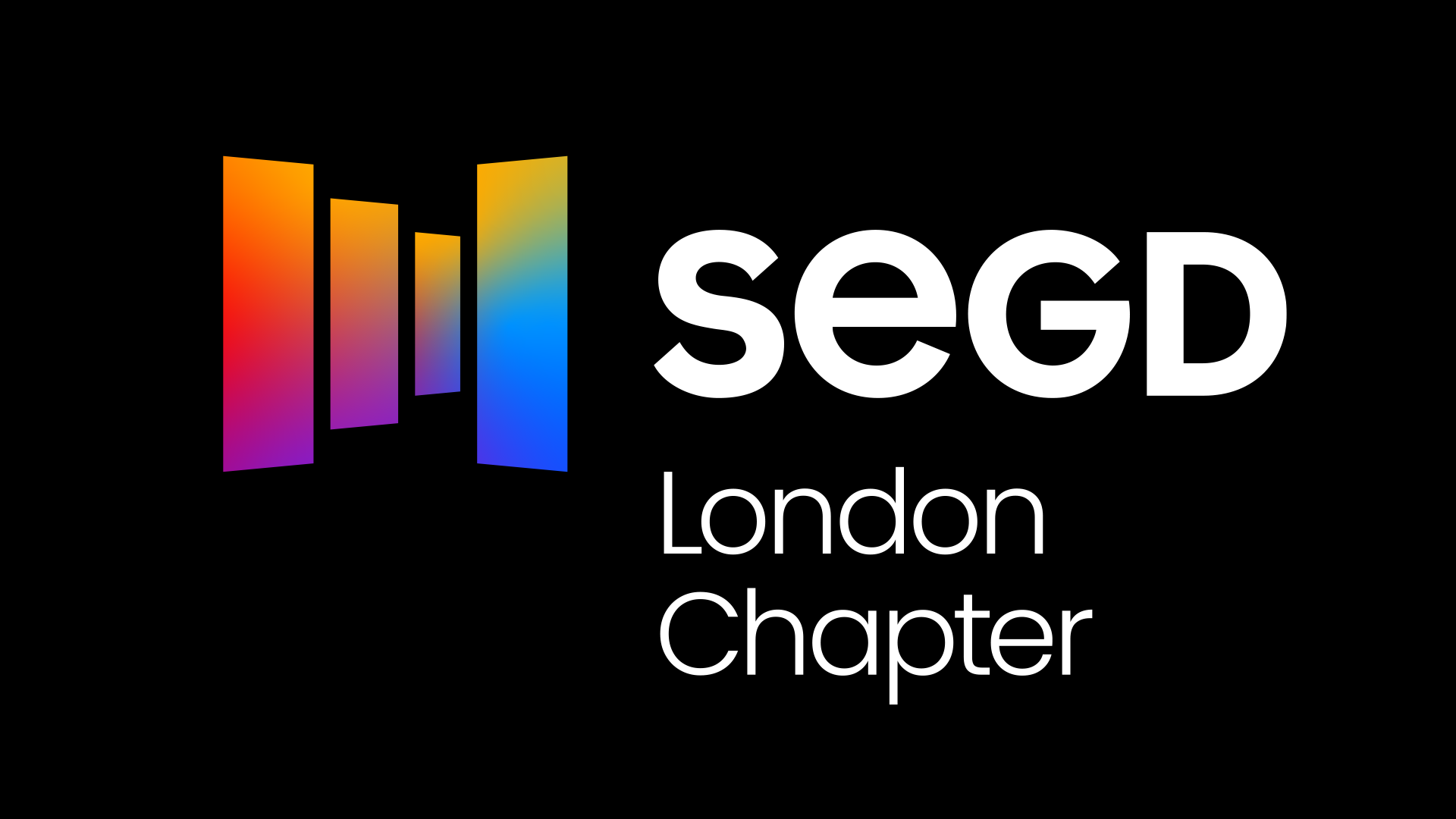
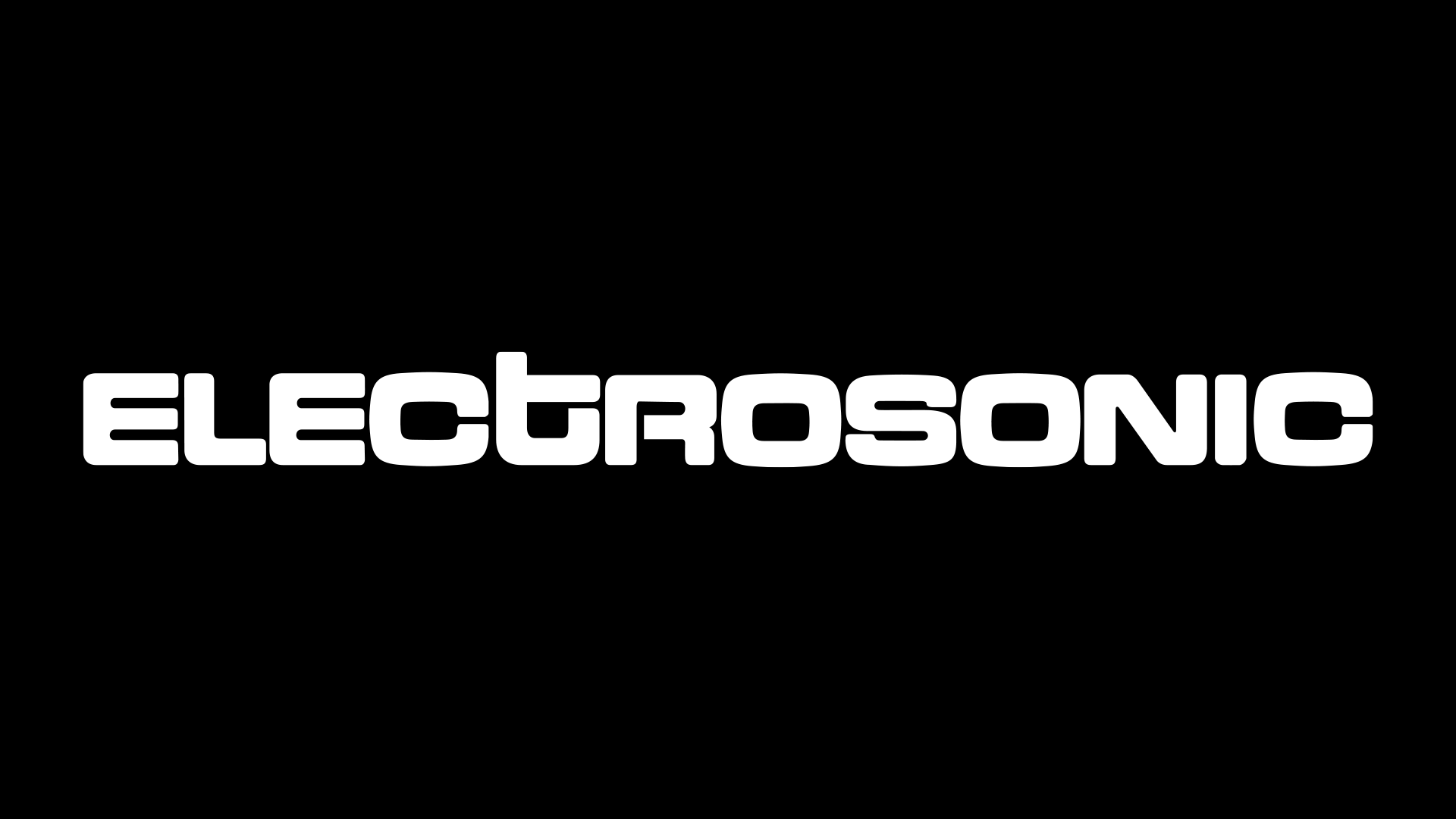
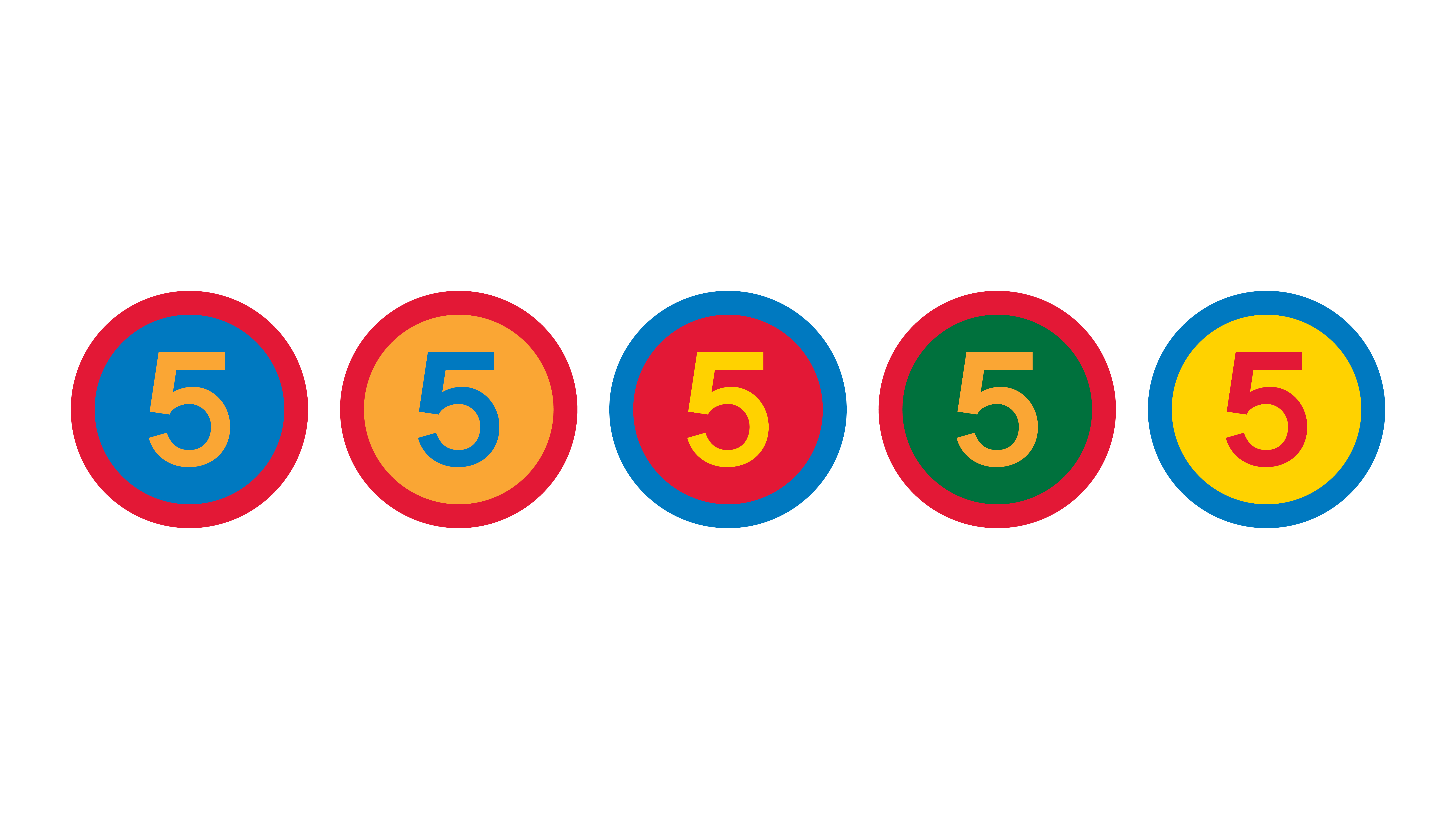


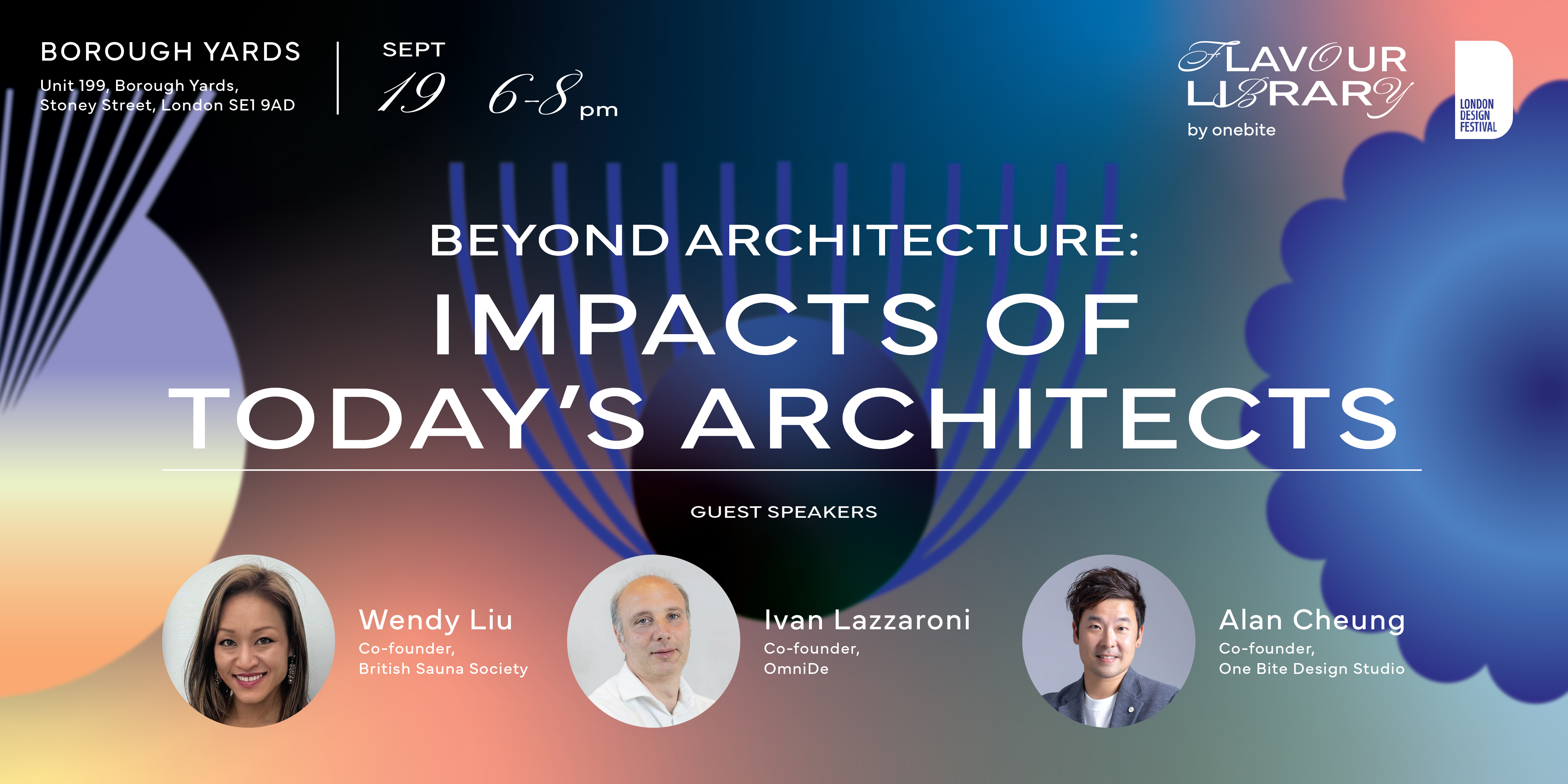
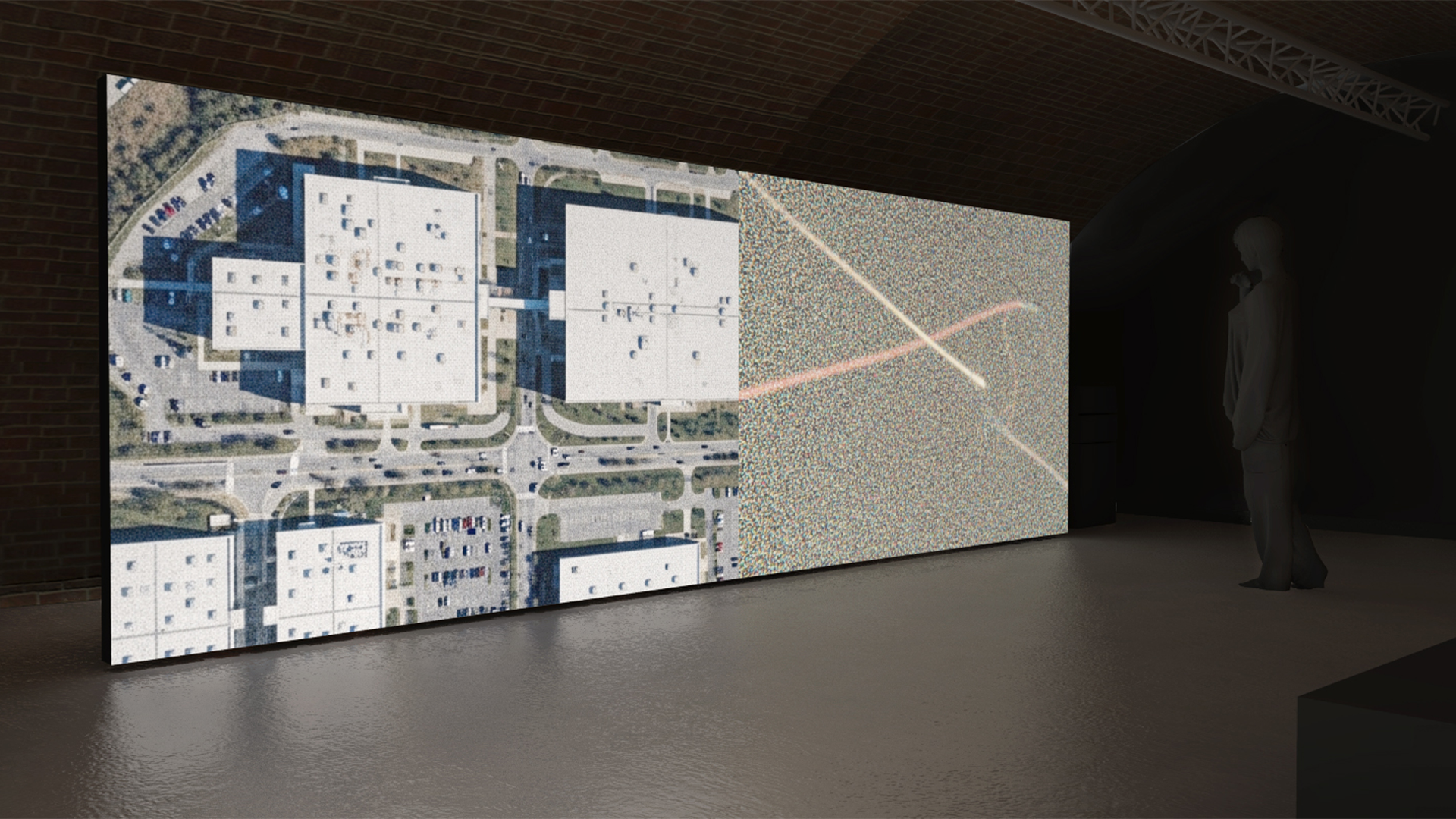
)
)
)
)
)
)
)
)
)
)
)
)
)
)
)
)
)
)